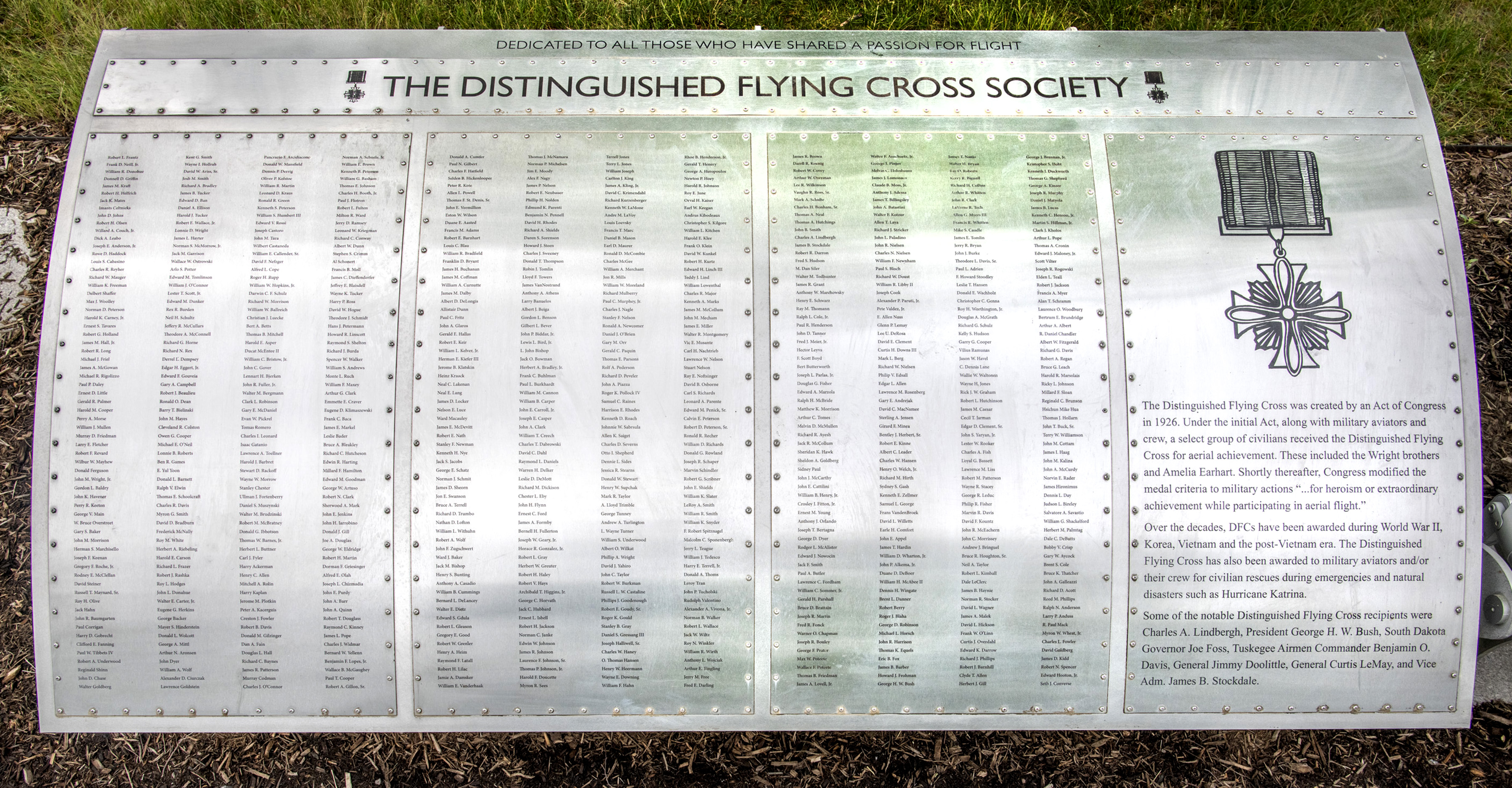Foil: 6 Panel: Distinguished Flying Cross Society Column: 2 Line: 38
Wall of Honor Level: Air and Space Friend
Honored by:
There were 72 crew members in our squadron -VMA (AW)533-36 Pilots and 36 Naval Flight Officers. I was paired up with Clyde Smith, my pilot, and flew most of my missions with him. The A6 was computer driven aircraft where by the pilot new the aircraft based on the information he received on his vertical display indicator. That information was received from the naval night officer and he received the information from various radars and other black boxes.
The twenty four of us were paired up as the primary crews and flew our own birds halfway around the world to a brand new air strip that had just been built at Chi Lai, Viet Nam. We departed Cherry Point Naval Air Station in North Carolina on March 24 1967. We spent one day in Hawaii. We were to fly north of the DMZ and take the war to the enemy's home land. The mission was to destroy enemy's ability to supply additional troops and supplies to their efforts in South Vietnam. We left Kaneohe, Hawaii and flew to Wake Island. We spent a day on Wake and then departed for Guam. From Guam we flew to the Naval Air Station at Cubi Pointe in the Philippines. The final leg was directly from Cubi Pointe to Chu Lai, South Viet Nam. The date was April I, 1967, April Fools Day.
There were several types of missions. Some were radar controlled from the ground, called TPQ's, others were of a search and destroy nature whereby you would look for truck convoys, trains or other targets of opportunity, these were called Talley Ho's. The last were predetermined hard target such as power plants, bridges, harbor facilities and other asset necessary for the Enemy’s war effort. These missions were called Rolling Thunders. The Rolling Thunders were the most dangerous for the targets were of strategic importance to the enemy and thus very heavily defended. There is one mission that I remember more than others. Our target was a power plant on the back side of Hai Phong Harbor. We would always fly low to the ground as fast as we could go, pull up 'sharply and the black boxes would automatically release our ordinance. In essence we would be throwing our bombs at the target while we executed a half loop and a roll to make our escape back down on the deck. My first combat mission was on April 4, 1967 and the last was on April 28, 1968.
All together I flew a total, of 263 combat missions. I was awarded 24 Air Medals and 3 Distinguished Flying crosses. Hanoi Hanna, a regular radio broadcaster from Hanoi, referred to the American pilots attacking North Viet Nam as air pirates. I chose as my call sign the word Pirate and had a Skull and Cross Bones embossed on the back of my helmet.
Wall of Honor profiles are provided by the honoree or the donor who added their name to the Wall of Honor. The Museum cannot validate all facts contained in the profiles.
Foil: 6
